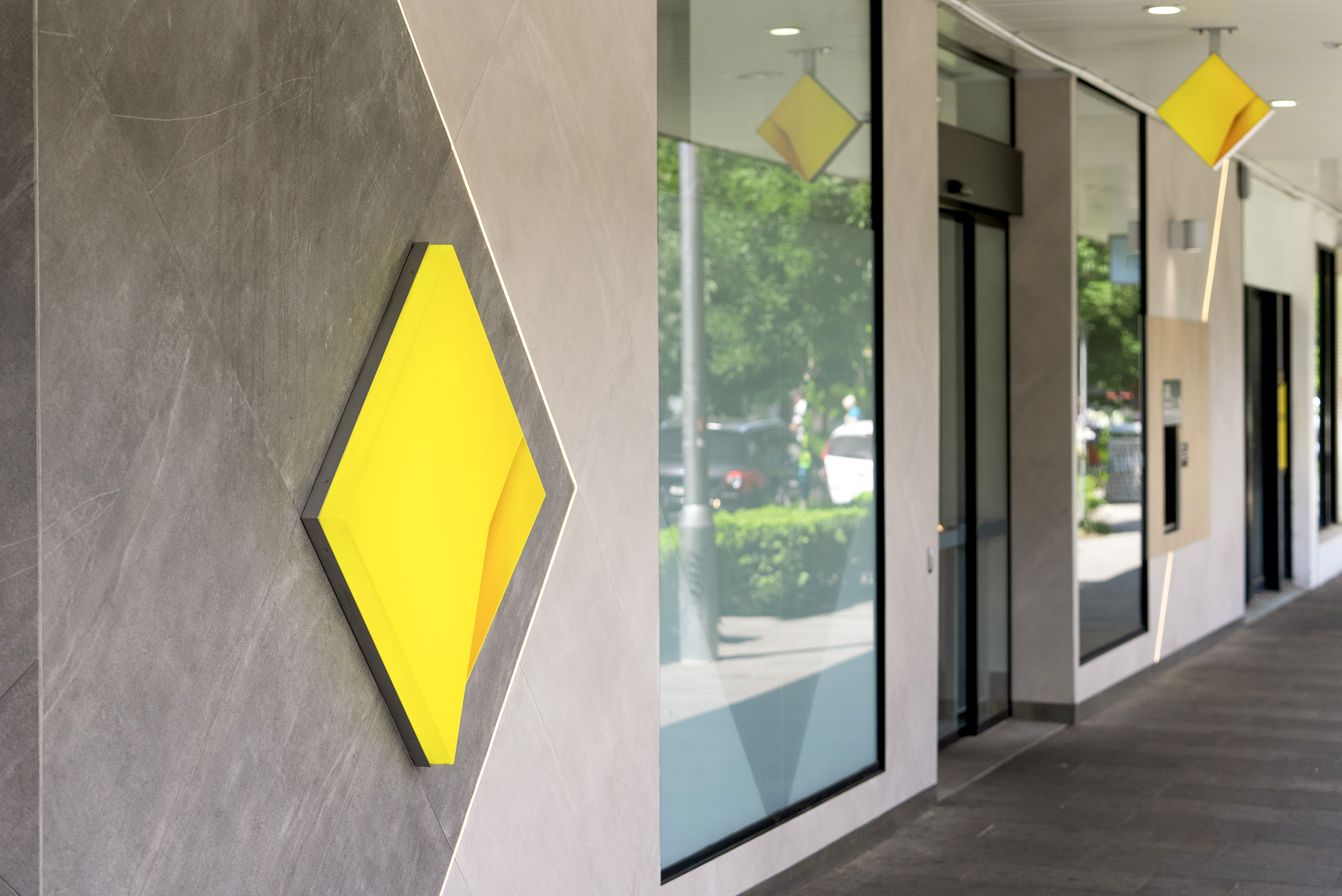For release: 21 February 2019
More needs to be done for LGBTIQ+ inclusion across Australia, ANZ research shows
New ANZ research shows that almost half a million LGBTIQ+ community members (1 in every 4) in Australia are still not comfortable being their true selves and discussing their sexuality and gender identity with their loved ones or friends.
ANZ commissioned the research to mark its 13 year relationship with the Sydney Gay and Lesbian Mardi Gras.
Key research findings:
- 84% of LGBTIQ+ community members believe there are still parts of Australia where it is unsafe to be LGBTIQ+. And 68% of non- LGBTIQ+ think so too.
- 68% of Aussies support efforts to improve LGBTI equality, LGBTIQ+ community members are still twice as likely to experience some form of harassment, discrimination or open prejudice because of their sexual orientation.
- 52% of LGBTIQ+ community members would not open up about their sexuality with their manager at work.
ANZ’s Group Executive Australia, Mark Hand, who is also Chair of ANZ’s Diversity Council, said: “Being open about your whole identity is something that all Australians should be comfortable doing, and yet our research shows that this is not the case.”
“At ANZ we believe that the same pride and inclusion experienced at the nation’s largest LGBTIQ+ celebration on Oxford St in Sydney, belongs on all streets and in all communities,” Mr Hand said.
This year ANZ is bringing a little bit of Mardi Gras and all that it represents to different parts of Australia. Seven sculptures have been installed across the country, transforming Oxford St signs into beautiful works of art. These are designed to be signposts of an equal future and inclusivity for the LGBTIQ+ community. A giant ‘Signs of Love’ signpost has also been installed at Bondi Beach pointing to the other 122 Oxford Streets around the country.
Sydney Gay and Lesbian Mardi Gras CEO, Terese Casu said: “ANZ has been a long-time supporter of Mardi Gras and we’re thrilled that they share our vision of LGBTIQ+ inclusion across the country. We hope the installations serve as a reminder that individuality is worth celebrating and that they prompt conversation around LGBTIQ+ inclusion in a range of different communities.”







